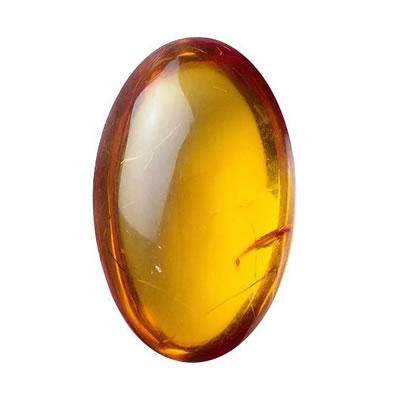Rhodochrosite

Rhodochrosite jewelry
Etymology and history
The name Rhodochrosite comes from the Greek "rhodon" for rose, and "chros" for color.It was first described in 1813 in reference to a sample from Cavnic, Maramureş, and present-day Romania. According to Dimitrescu and Radulescu, 1966 and to Papp, 1997, this mineral was described for the first time in Sacaramb, Romania, not in Cavnic, Romania. The name is derived from the Greek word ῥοδόχρως meaning rose-colored.
Rhodochrosite description
Rhodochrosite (whose name means rose-colored) is a very attractive mineral with an absolutely one-of-a-kind, beautiful color. Although it can be an ore of manganese, it is its ornamental and display specimen qualities that make it a very popular mineral. The color of a single crystal can just astound the observer with its vivid pink-rose color that seems to be transmitted out of the crystal as if lit from within. Rhodochrosite is almost always cut as cabochons or beads or carved. Rare transparent crystals may be faceted, but they are usually heavily included. Fine, blood-red rhodochrosite mineral specimens are highly desired by collectors, and sometimes command extraordinary prices in the market.
Rhodochrosite in jewelry
The mineral of Rhodochrosite has pink and white bands which make this beautiful stone truly unique and exclusive. The look is quite precious and hence is used in many other kinds of jewelry too. Rhodochrosite is used in rings, earrings, bracelets, necklaces, pendants and brooches. The mineral is fairly brittle and hence used as an everyday gemstone.
Occurrence
Rhodochrosite is mined in Afghanistan, Australia, Germany, South Africa, Yugoslavia, Romania, United States, Argentina, Peru, and Montana.
Talk to Our Jewelry Experts
Monday to Friday from 9AM to 5PM EST













